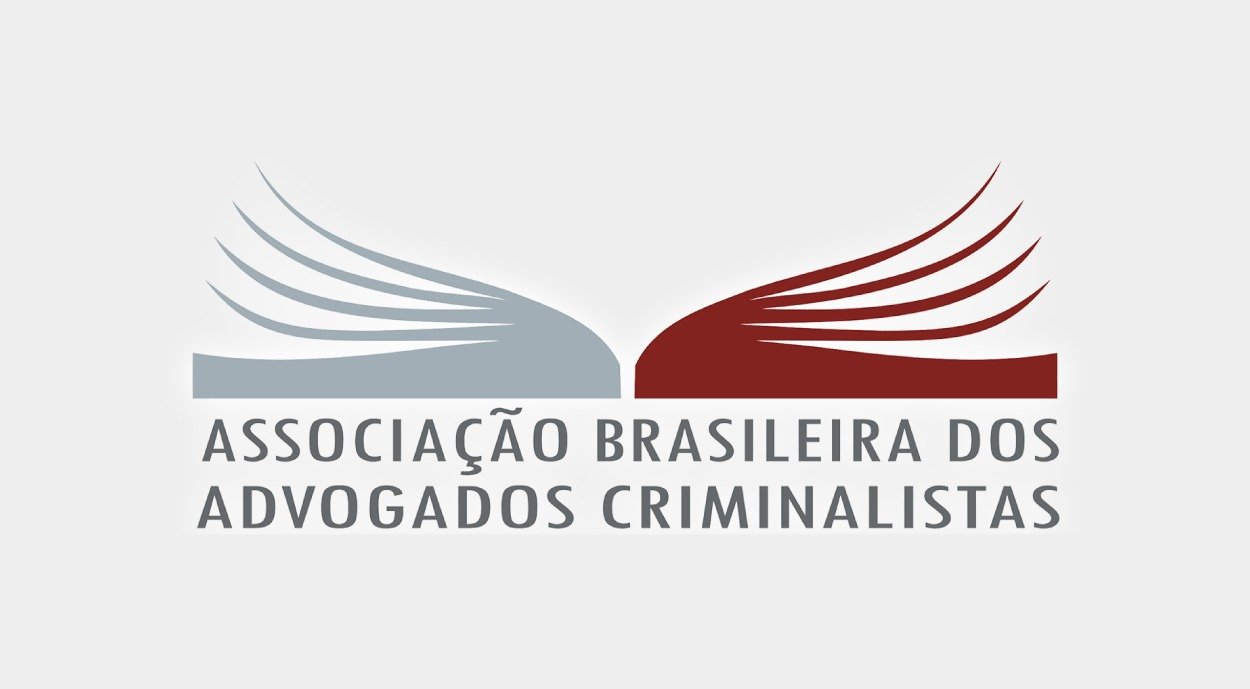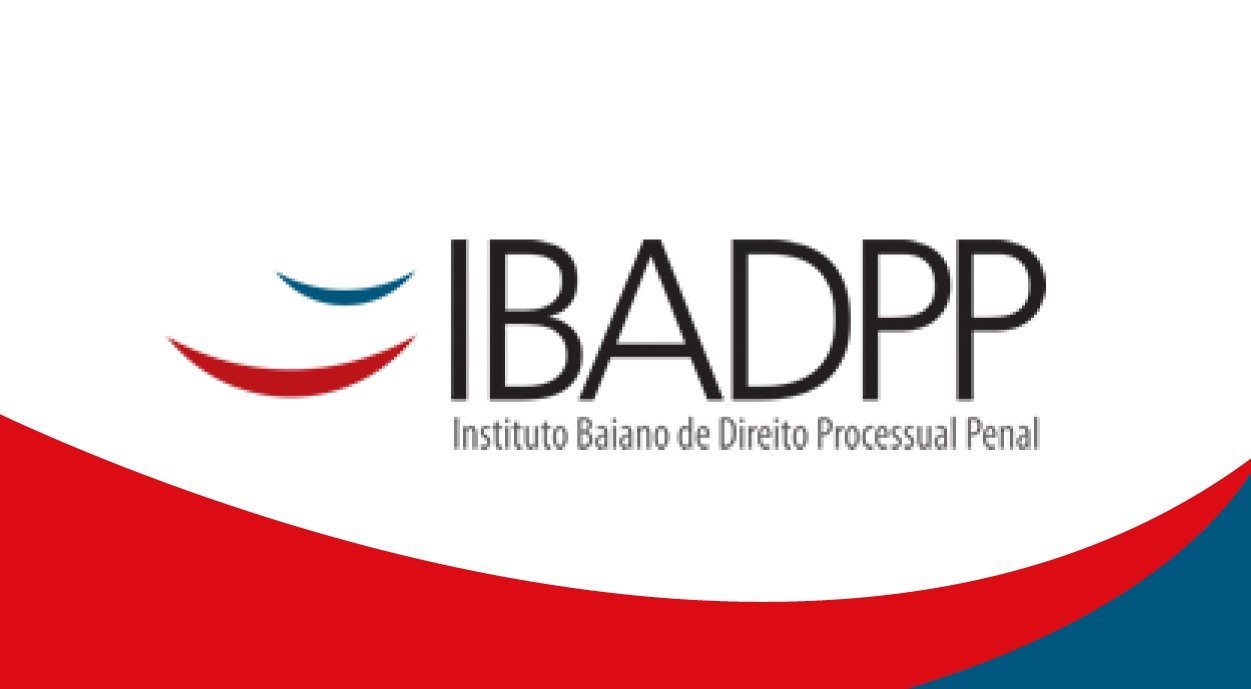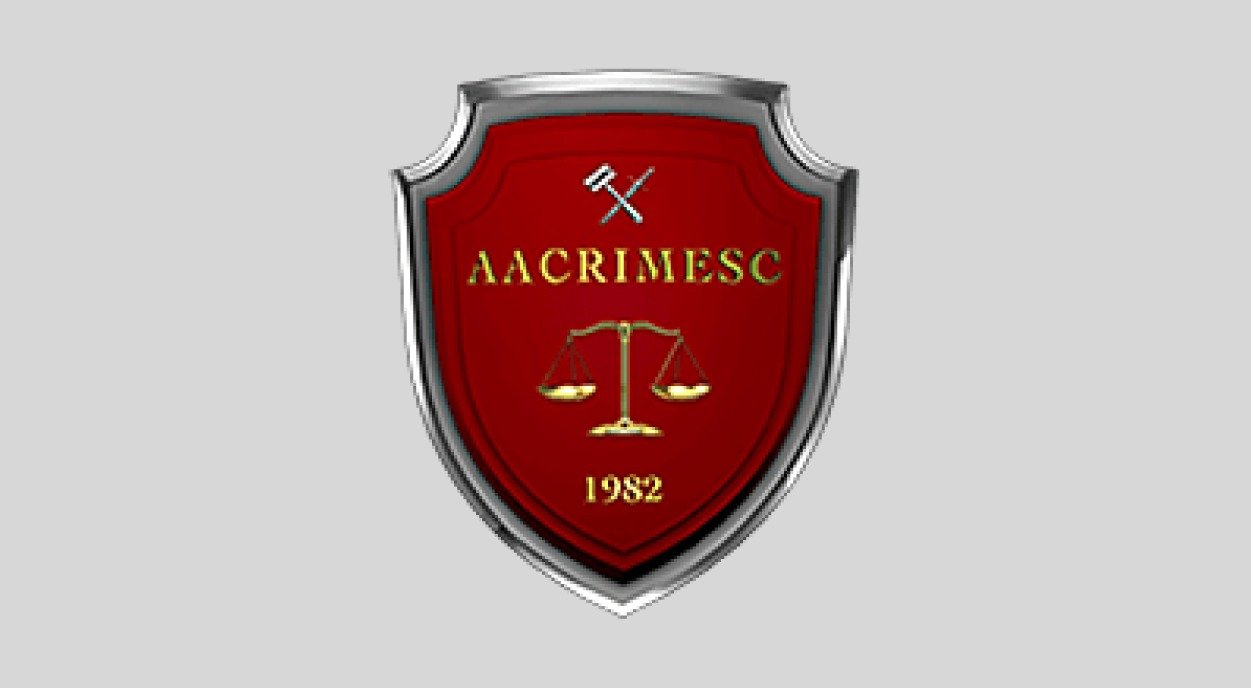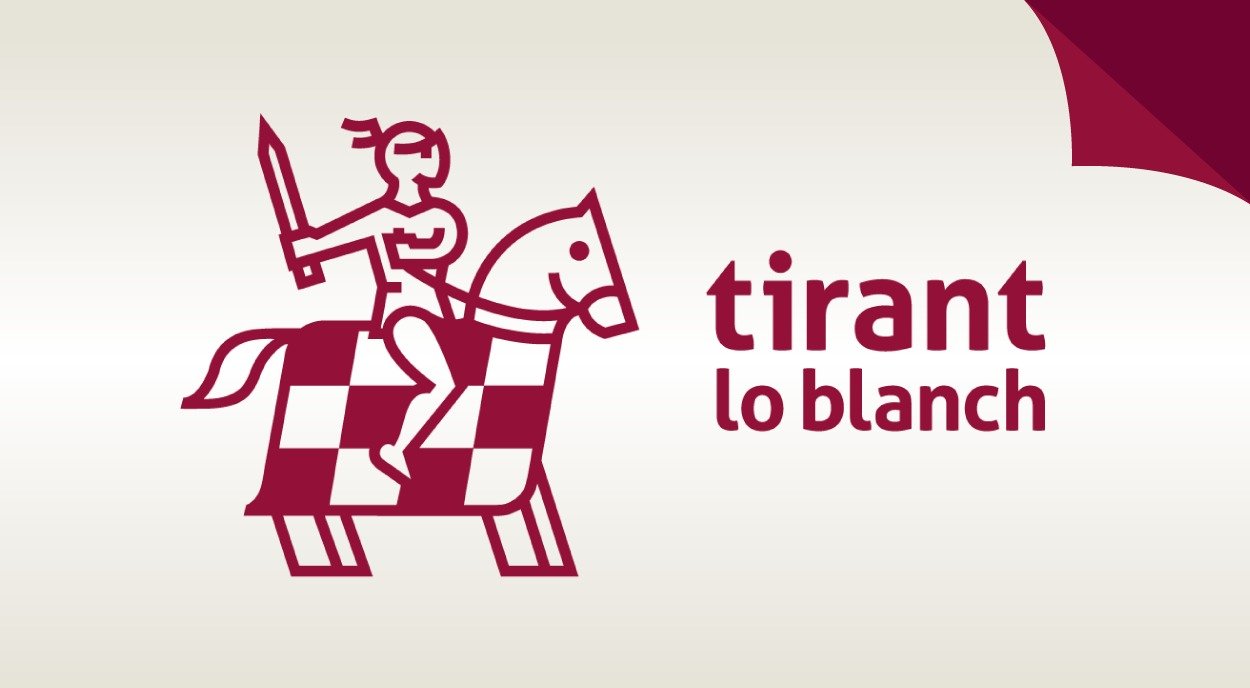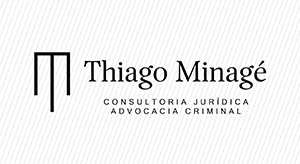Coluna Fictio Iuris
In the current digital era, characterized by its speed and dynamism, YouTube and TikTok have emerged as powerful platforms for disseminating legal knowledge in a simple and attractive way, especially among young people. These social media platforms have revolutionized how legal information is accessed and understood, bringing the complex world of law closer to the everyday lives of the younger generation.
Regarding YouTube, with its extensive library of video content, it provides an ideal space for legal experts, lawyers, and law enthusiasts to break down intricate legal concepts into visual and easily understandable formats. In this regard, YouTube is becoming one of the preferred platforms for legal education due to its possibilities, ranging from visual to interactive learning. Concerning visual learning, YouTube allows creators to use images, animations, and real-life examples to explain legal principles, which resonates especially well with young audiences who prefer dynamic content over traditional textbooks. Additionally, YouTube, with content available 24/7, offers unparalleled accessibility to legal information, allowing young people to explore legal topics at their own pace, anytime, and anywhere, without the need for a formal classroom setting.
Moreover, it's essential to note that YouTube hosts a diverse community of creators, including practicing lawyers, law students, and legal scholars, each offering unique perspectives and expertise on various aspects of the law, ensuring a profound understanding of legal issues. Furthermore, the interactive learning I mentioned earlier plays a crucial role, as features like comments and live chats enable viewers to interact directly with creators, ask questions, and seek clarification, fostering a sense of community and encouraging further exploration.
On the other hand, TikTok is a platform known for its short-duration videos, making it an unexpected yet highly effective tool for legal education. In fact, the brevity of TikTok content is driving a shift in the way law is learned through concise content. The 60-second video limit on TikTok forces creators to condense complex legal concepts into clear, direct, engaging, and easy-to-understand segments, making it perfectly suited to the short attention spans of many young people. Additionally, creators on TikTok use creative visuals, humor, and storytelling to make the law accessible and engaging. They often leverage trends and challenges to frame legal topics in a fun and memorable way.
Another crucial point in legal learning through TikTok is that its algorithm prioritizes content that resonates with users, meaning that well-crafted legal content can quickly reach a broad and diverse audience, potentially going viral and increasing legal literacy among young people. Ultimately, it promotes the democratization of law by humanizing the legal realm, showcasing relatable scenarios, and addressing common legal questions that young people may encounter in their daily lives, such as contracts, tenant rights, or internet privacy.
In conclusion, YouTube and TikTok have emerged as dynamic platforms of the future for disseminating legal knowledge among young people. They offer accessibility, interactivity, and engaging content that is often lacking in traditional methods of legal education. By harnessing the power of visual and concise storytelling, these platforms are closing the gap between legal experts and the younger generation, making legal knowledge more accessible and empowering young individuals to navigate the complexities of the legal world with confidence.
Imagem Ilustrativa do Post: colourback_11018 // Foto de: godata img // Sem alterações
Disponível em: https://www.flickr.com/photos/141899785@N06/28158535051
Licença de uso: https://creativecommons.org/licenses/by/2.0/

